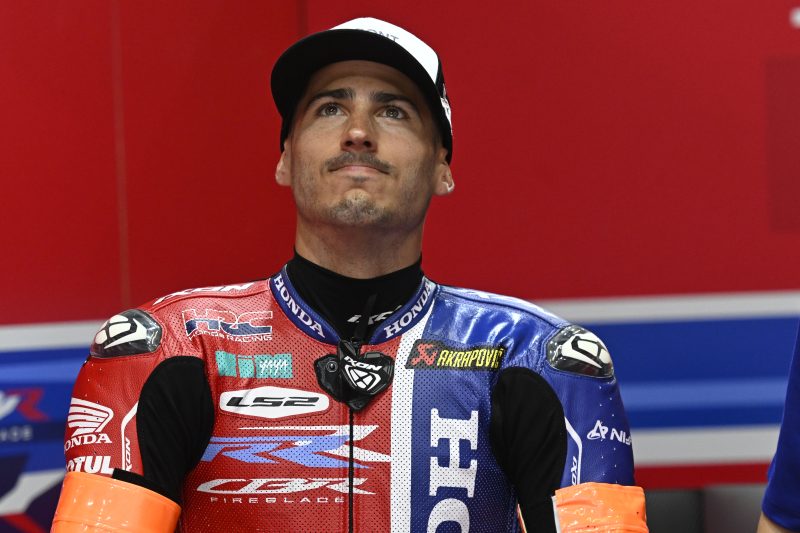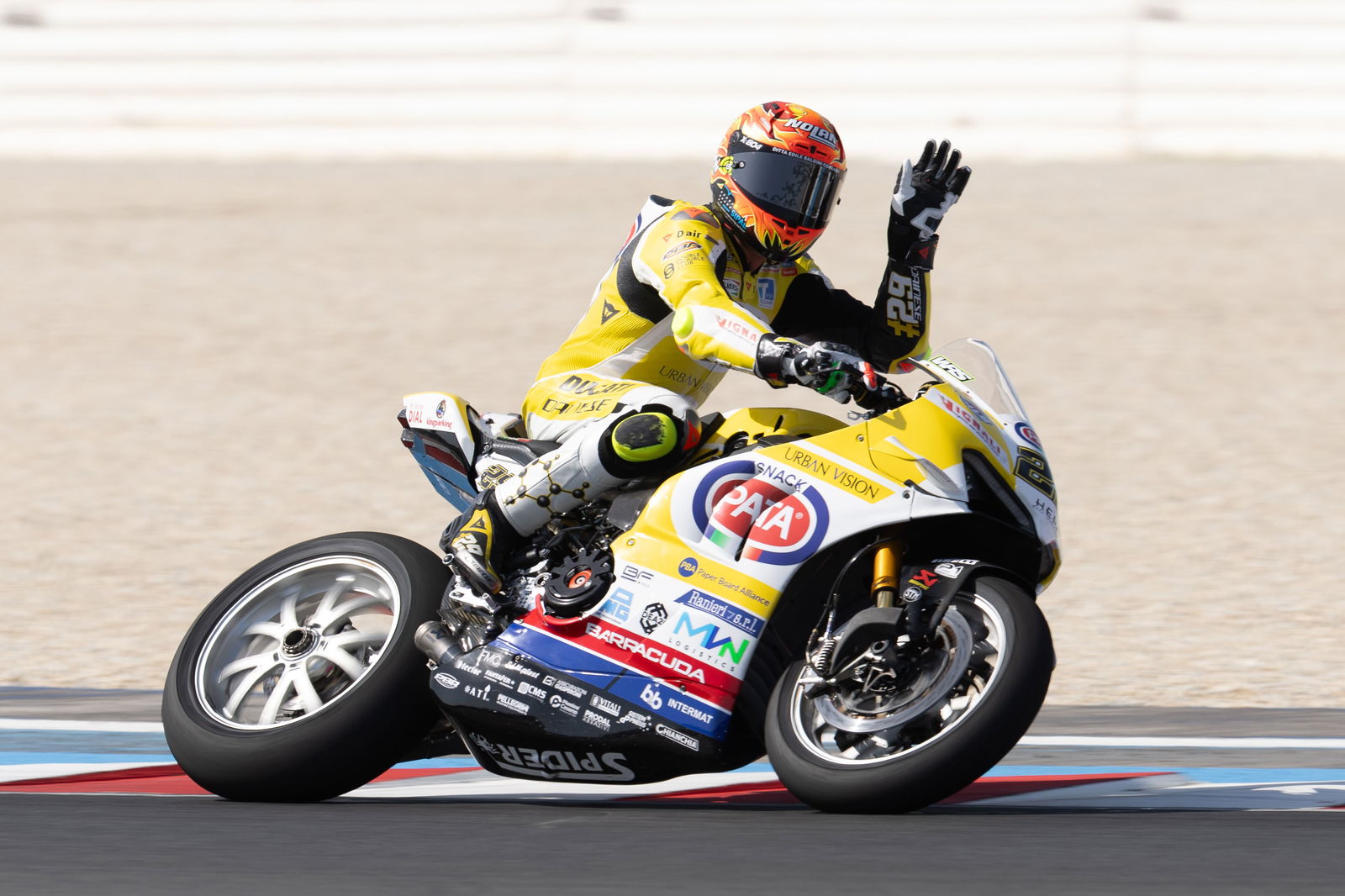Suzuki GSX-R1000R updated for the first time in 8 years
An updated version of the Suzuki GSX-R1000R has been announced.

The Suzuki GSX-R1000R has been given an update for the first time since 2017.
The GSX-R1000R left European dealers in 2023, but has been relaunched globally today (31 July 2025) with some technical updates.
The frame remains the same aluminium twinspar unit as before, but the engine has received several updates.
Predominantly, the four-cylinder in-line engine is the same basic design as the one used in the 2017 update, still making use of the same variable valve timing system that was developed in MotoGP with the GSX-RR project.
But there is a new fuel pump and changes to the secondary top feed fuel injector which now has 10 holes instead of eight; the second of those changes being counter-acted by larger-bore throttle bodies at 48mm instead of 46mm to maintain power output, which is 195bhp.
Peak output is also helped by single-stage funnels to deliver the air to the throttle body.
There’s also new forged aluminium pistons with new coatings to reduce friction and a redesigned piston head.
Plus, a new crankshaft design has been implemented with new crankcases. Suzuki says the new crankshaft is “designed to accommodate higher loads and withstand higher levels of tune in racing environments”.
It would be a leap to suggest that the mention of the term “racing” in a press release for a new street bike is indicative of a potential return to factory-backed racing for Suzuki.
But it is also true that the wings found on the front of the new GSX-R1000R were developed by the Suzuki CN Challenge team that competed in the experimental class at last year’s Suzuka 8 Hours, and which is competing again this year, again in the experimental class, with an updated aerodynamic design.
At least, the reintroduction of the GSX-R1000R is a sign that the Hamamatsu marque has not yet discarded racing entirely from its interests, and we could be seeing Suzukis reappearing on national championship superbike grids, such as BSB, in the next year or two – plus an updated model for the SERT Suzuki team in the Endurance World Championship for the first time since 2018.


